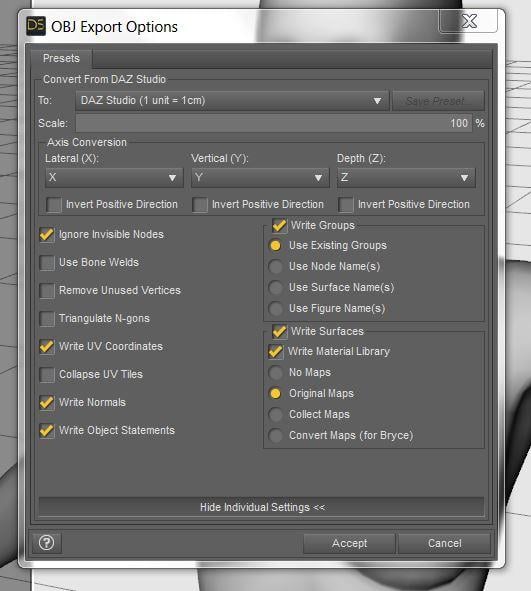
With your STL imported into Fusion 360 at the correct scale, there are a number of fun and interesting things you can do. Simply use the Measure tool to compare the distance between two points on the model to a known distance on the reference design.

Verifying the measurements of the part is easy. This is important if you plan to modify the design in any way. When you have the model positioned where you want it, click the OK button in the dialog box.įinally, we can verify that the imported STL is indeed the correct size. You can move the model around or rotate it if you need to. In the file manager, locate the STL file you wish to add to Fusion 360. Instead, select Insert from the ribbon at the top of the window, and then select Insert Mesh. This is different than uploading the file into Fusion 360 via the browser on the left side of the screen. Next we will import the STL into Fusion 360. Then, before moving on, go ahead and save the new design (that is blank at the moment). The first step towards importing the STL at the correct size is to create a new, blank file. So, let’s take a look at a way of importing downloaded STLs into Fusion 360 while retaining their original dimensions. The cat’s head should measure 20mm x 20mm but if we upload the STL to Fusion 360 and use the Measure tool to inspect the actual size of the object within the software, we will see that it is around 200mm instead.

This is a calibration object used to dial in a 3D printer so that it prints with high dimensional a accuracy.

I downloaded Cali Cat – The Calibration Cat from Thingiverse. Often, an STL will end up several times larger than it should be once it is uploaded into Fusion 360. If you go to Thingiverse, Prusa Printers, YouMagine, or any similar 3D print repository site, download a model, and upload it into Fusion 360, you might find that the scale of the model is way off. Here is an issue you might have run into in the past.


 0 kommentar(er)
0 kommentar(er)
